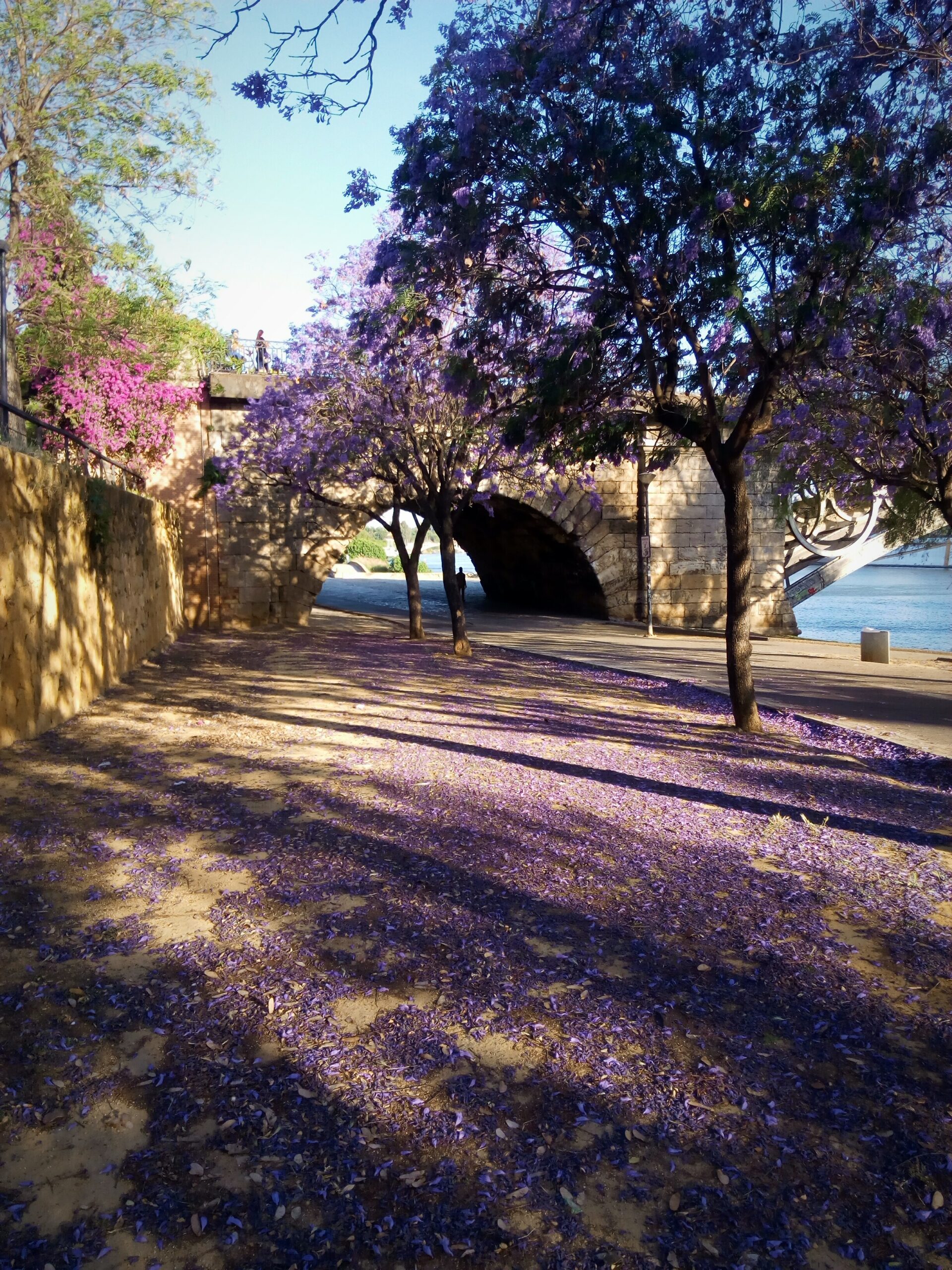As part of our “Planners & Architects Perspective” series, we bring readers this interview with Gonzalo Cantos Mateos of Sevilla-based Ma Arquitectura.
‘Ma’ is, in principle, that which it is not built, so a sort of ‘Ma’ way of moving would not focus on the point of departure and arrival, but on the contrary all those intermediate episodes. As Machado, one of our greater Sevillian poets would address, “There is no way for the walker, walking is the way”.
Ma arquitectura
Pedestrian Space: Your studio has been consulted to evaluate the municipal Sustainable Mobility Plan of Sevilla. Why was your studio specifically chosen for this?
Ma Arquitectura: We have been participating in similar processes lately, incorporating our experience in building bridges among different actors acquired in large-scale urban developments. The holistic vision we have let us integrate mobility with a larger set of urban networks.
Pedestrian Space: What are some of the unique mobility issues and challenges in Sevilla?
Ma Arquitectura: Sevilla hosts one of the largest historical centers in Europe, due to its importance during the XVI century as a gate towards former Spanish colonies in America and Asia. In terms of comparative size, it is twice Madrid or Barcelona. The urban pattern is really unique because it overlaps the ancient city with Roman and Islamic fabric, plus the colonial extension, resulting in a complex environment of thousands of narrow streets and plazas. As such, walkability is not an option but a must, and both size and scale are major challengers for universal accessibility.
Pedestrian Space: What are the modes of mobility in Sevilla?
Ma Arquitectura: Still mainly car-oriented, there is a reasonably well-covered bus network, a large bike network, one tram line and one metro line, plus basic metropolitan railways. The plan for the metro has been delayed for almost 50 years since it was first planned. Today, with a metropolitan area of up to 1.500.000 inhabitants, the extension of the metro or HTB alternative is much at the center of the debate. For some, the delay of the metro line opens the window to more sustainable mass transit alternatives; for local authorities, the metro is the only political option, although its finalization is almost impossible. The new mobility plan was unfortunately just built to justify this political ambition, and considering the lack of realistic investment, the development of fully sustainable mobility will take at least a decade more, in my opinion.

“I am a bike fanatic. Our flat city, excellent overall temperature –except for summer- and very little rain, make it lovely. The dense urban pattern offers a maximum of 15 minutes of biking to all commercial, cultural and working venues I need to reach. I am lucky to be able to live exactly the type of urbanism and mobility that I am promoting. The cohesion of these concepts is not always that easy!”
Gonzalo, Ma Arquitecturas
Pedestrian Space: Bicycling promotion seems to have been very strong in Sevilla over the past several years. Is the focus on walkability and pedestrian infrastructure as strong?
Ma Arquitectura: Sevilla has been branded during the last decade as the city in south Europe where biking has been implemented more successfully. This is very much true in terms of the kilometers of bike lanes built. This is not that true in terms of an absolute number of users, because still there are two issues to be solved: an efficient network within the historical center, where traditional stone pavement is terribly for biking, and adequate climatic conditions. During summer the temperature is really high and the bike lanes are not always well shadowed.
Pedestrian Space: We valued the description on your site, describing the Japanese term “Ma” that your studio is named from. We are interested in exploring the concept of “place awareness” from the mobility aspect. How we move through spaces informs are awareness of the details of place in such different ways. What are your thoughts on this?
Ma Arquitectura: This is an interesting point. ‘Ma’ is, in principle, that which it is not built, so a sort of ‘Ma’ way of moving would not focus on the point of departure and arrival, but on the contrary all those intermediate episodes. As Machado, one of our greater Sevillian poets would address, “There is no way for the walker, walking is the way”.
Pedestrian Space: What is your preferred mode of moving through the city?
Ma Arquitectura: I am a bike fanatic. Our flat city, excellent overall temperature –except for summer- and very little rain, make it lovely. The dense urban pattern offers a maximum of 15 minutes of biking to all commercial, cultural and working venues I need to reach. I am lucky to be able to live exactly the type of urbanism and mobility that I am promoting. The cohesion of these concepts is not always that easy!
